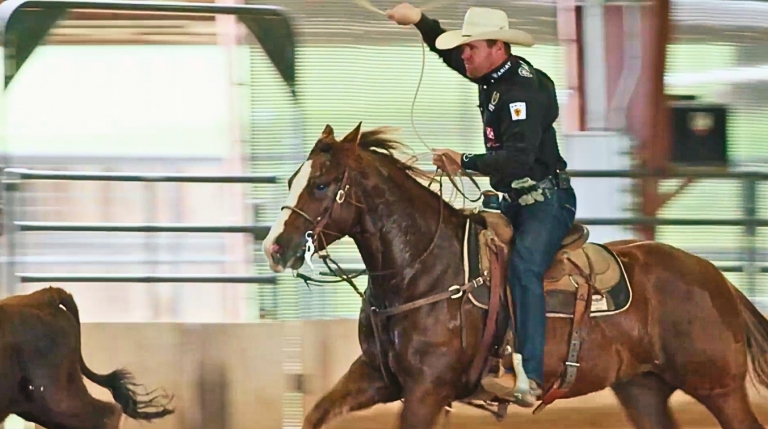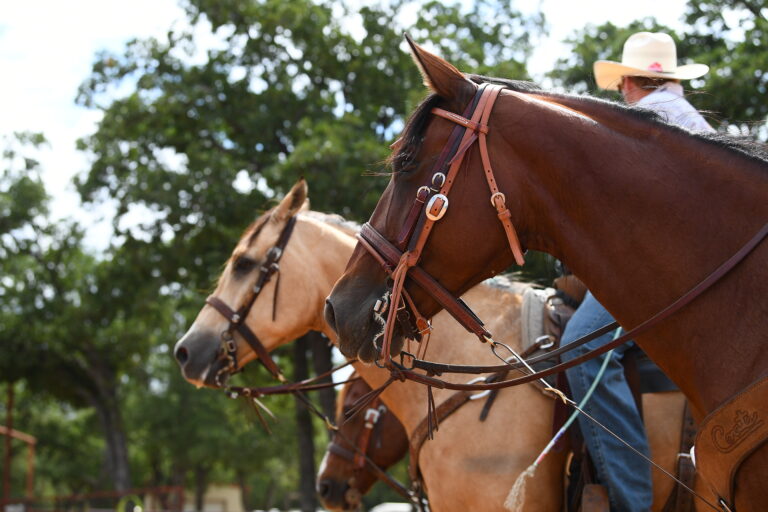How do you know when to ask a green rope horse to step up?
My normal rodeo schedule—with a month off in the spring and downtime in the fall—has always fit in with my colt-riding schedule. It’s a slow process in bringing a colt up, and it takes longer for mine to get seasoned. But I believe that it takes that much time—with time on and off—for their minds to develop. And what’s more, if you’ve got a colt in the trailer all the time pushing him, you could be setting yourself up for physical issues down the road. So my preference is to give my horses time in the spring, and then turn them out while I go rodeo for the summer. Then we come back to them in the fall.
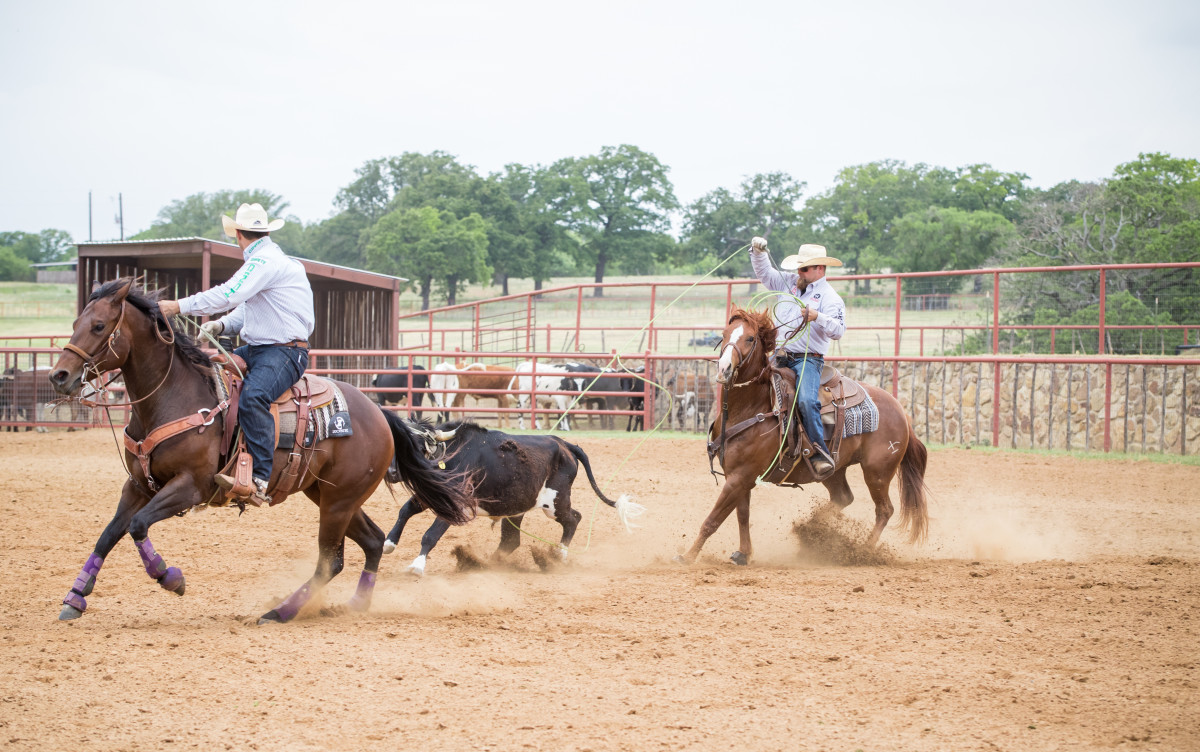
STEP 1
A lot of times, the ones you feel like might have the motor and the tools to make a top-level horse take longer to push, then slow them back down—they can be fractious. The gentle, calm, perfect-to-have-around horses, you can sometimes push sooner. But the ones who can really make it, sometimes they require you to speed them up, then back them off. For example, Rocky, the horse I rode at the NFR, went to his first rodeo at 10.
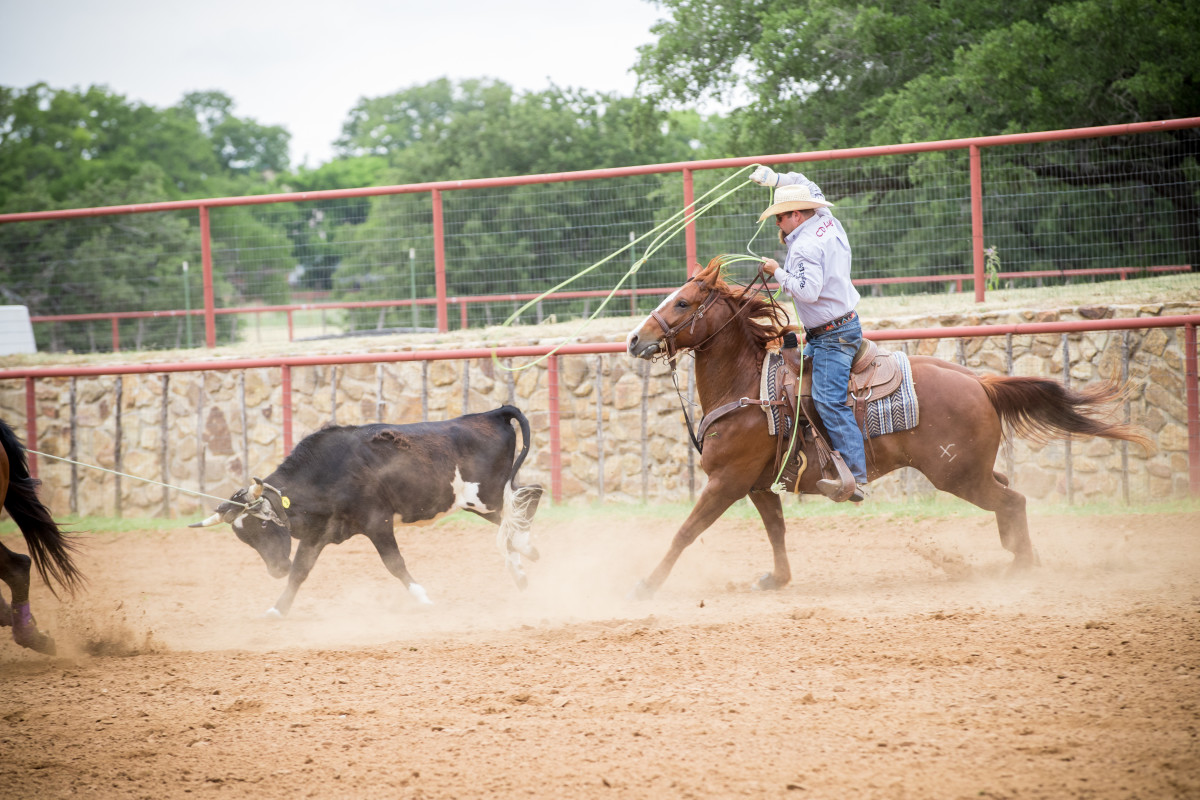
STEP 2
At the house, it’s easy to control the situation. If you feel like your horse is wanting to be strong, it’s easy to run a few slow steers to dial it back. If he’s getting hot, you can run one, score two. But if you’re ready to haul him, he has to stand and score perfect and run 10 or 12 steers at home. At most jackpots, you’re running 12. If you can’t run 10 or 12 in a row without him getting nervous underneath you—getting strong in the corner or getting amped up in the box—he’s not ready for the jackpot.
READ:
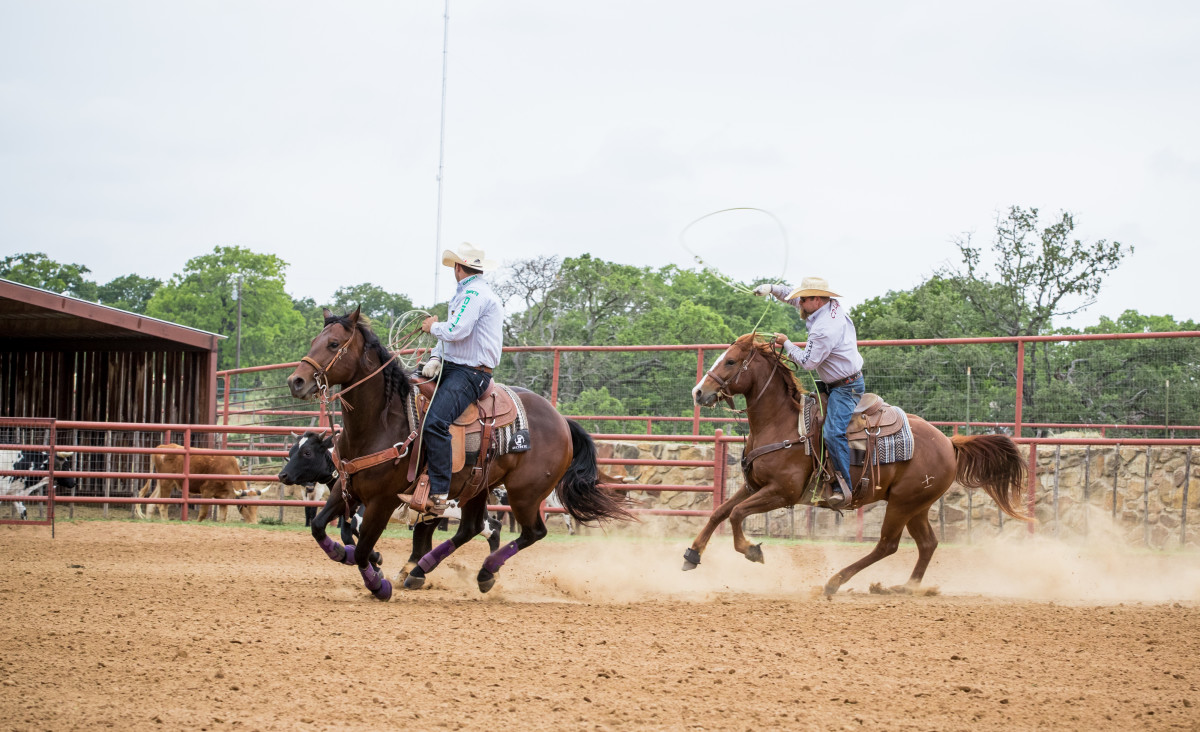
STEP 3
When I’m off rodeoing, a friend of mine, rope horse trainer JohnRyon Foster, takes some of my colts that are a little further along and ready for more pressure over the summer. JohnRyon rode my sorrel colt Bear at the US Finals last year, and he did good. For him, being able to rope in the #13.5s and #12.5s, he heels proper and is able to take them to a little roping where he doesn’t put the same amount of pressure on them as I do at a roping like the Lone Star Shootout. If we draw one that runs, and you’re roping with Coleman Proctor, Dustin Egusquiza or Kaleb Driggers, who all will get to the front and reach, then I’m back just as far as they are when they throw and I’m kicking as much as I can to get there. That’s a lot to ask of a green horse. But if you’re at the World Series, your partner is going to run down there you can keep your distance and not confuse them.
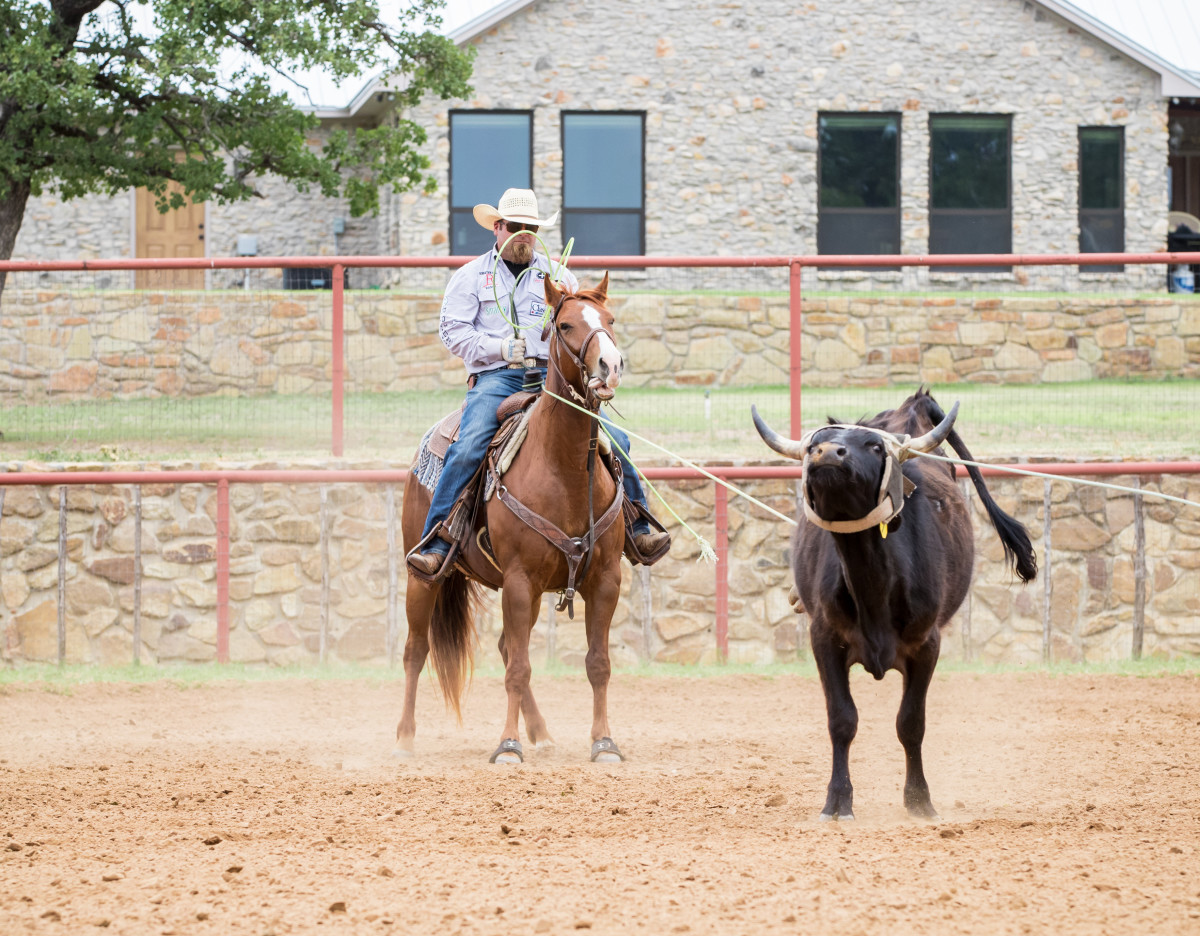
STEP 4
Picking where I want to start hauling them is important. I took my two green horses to Odessa this year because there’s a jackpot, a match roping and the rodeo—with lots of opportunities for breaks in between runs. I threw my older mare, Goldie, in the trailer just in case. Odessa is a hard set up for a green horse, but there enough teams where I’m not running steers back-to-back-to-back, which is key for a colt. I’d run a steer, loosen one off and let him process. Then I rodeo the yellow at the rodeo.
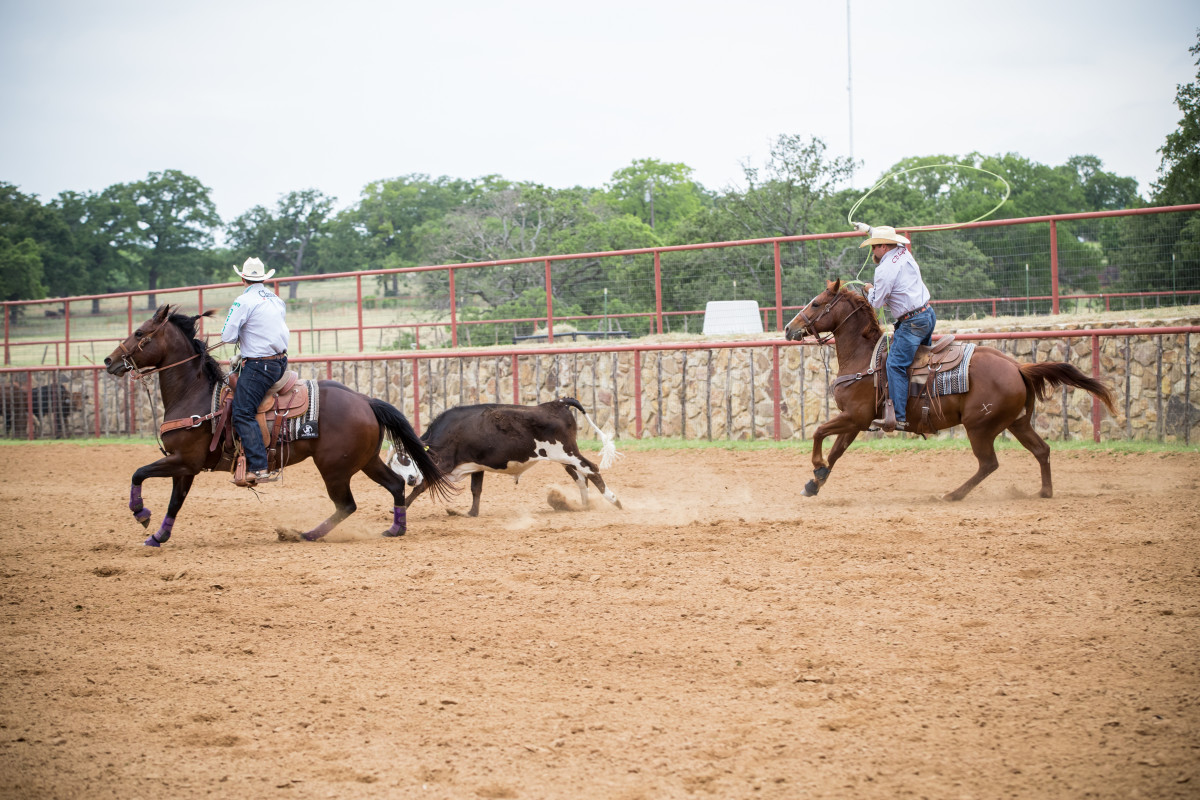
STEP 5
If a jackpot is go four times and it’s enter four times, it’s going to be pretty tough and you’ll probably ask too much of a colt. Even in setups that are longer and harder, if there’s enough teams, you can give them more time to process if the jackpot isn’t an enter-too-many-times deal. If it’s a full-day World Series, and you’re entered all day long on the same horse, and your horse is hot and tired, and he had four runs for each partner in the #12.5, #11.5, and #10.5, and you put so many runs it’s hard for them to process. A better choice would be at a #12.5 roping that gets 300 teams, and you sit around on the horse all day instead of making all those runs back to back.
READ:
Run VS. Rate: What to Look For in A Prospect with Trevor Brazile






